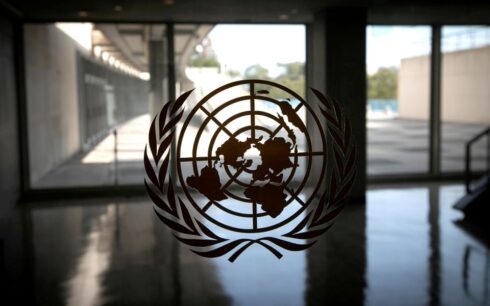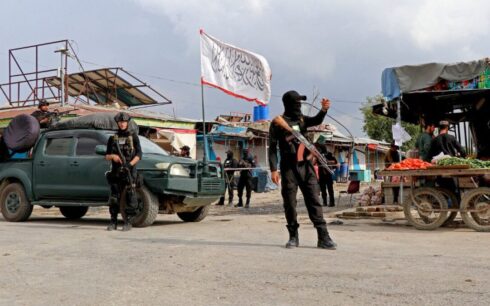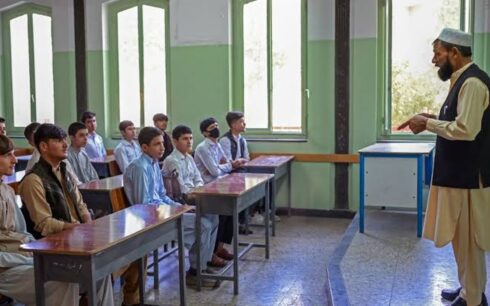KABUL, Afghanistan — The newly announced “vice and virtue law” by the Taliban closely resembles the stringent rules enforced by Daesh (ISIS) in Syria, particularly in their harsh restrictions on women’s rights and behavior.
The new Taliban law mandates that women cover their entire bodies, including their faces, and prohibits them from speaking to or interacting with men. These requirements echo the laws imposed by ISIS in Syria, as documented by the United Nations, where women were similarly forced to adhere to a strict dress code and were barred from any interaction with men outside their immediate families.
In addition to the dress code, the Taliban’s law forbids shaving beards, playing music, and engaging in other recreational activities—a set of restrictions that also mirrors the practices enforced by ISIS through its Al-Hisbah morality police. In Afghanistan, the enforcement of these laws falls under the authority of the Taliban’s Vice and Virtue Ministry, which has been granted significant power, including the ability to detain and punish individuals as its officials see fit.
The similarities between the Taliban’s regulations and those imposed by ISIS are striking. In Syria, ISIS used its morality police to enforce its rules through surveillance and punishment. The Taliban’s new law not only parallels these measures but, in some cases, grants even broader authority to its enforcers.
One of the key aspects of the Taliban’s law is Article 13, which outlines the requirements for women’s dress and behavior. It mandates that women must cover their entire bodies, including their faces, and prohibits them from wearing short, thin, or tight clothing. Interaction between men and women is also severely restricted, with women forbidden from speaking to or being seen by men outside their families.
These regulations align closely with a 2015 ISIS directive titled “Women of the Islamic State,” which ordered women to cover their bodies and faces and restricted their education and work. Both ISIS and the Taliban use these laws to exert control over women, suppressing their rights and limiting their presence in public life.
Seema Noori, a women’s rights activist, highlighted the shared ideology between the two groups: “Restrictions on education and work, and the use of the burqa and niqab are common in both the Taliban and ISIS. The use of violence and punishments such as whipping, execution, or stoning for women—both are aimed at controlling and suppressing women.”
Reports from the American University in Cairo describe how, under ISIS rule, women and girls were largely confined to their homes, excluded from public life, and subjected to strict dress codes. The Taliban’s new regulations similarly isolate Afghan women, banning them from traveling without a male guardian and limiting their ability to participate in society.
International human rights organizations, including the United Nations, have repeatedly condemned the Taliban’s actions. Richard Bennett, the U.N. Special Rapporteur for Afghanistan, has warned that the Taliban’s ongoing restrictions on women could amount to crimes against humanity.
Despite these criticisms, the Taliban continue to assert that their laws are in line with Islamic Sharia. However, the group’s bans on girls’ education beyond sixth grade, women’s attendance at universities, and women’s employment at NGOs have been widely condemned by Islamic scholars and countries around the world.
Rahel Talash, another women’s rights activist, criticized the international community’s response, stating, “Some countries are attempting to legitimize the terrorist group Taliban, even though they know that both ISIS and the Taliban follow the same ideology and orders.”
As the Taliban continues to tighten their grip on Afghan society, the parallels between their laws and those of ISIS serve as a stark reminder of the severe restrictions on freedom and human rights now facing the Afghan people, particularly women and girls.





